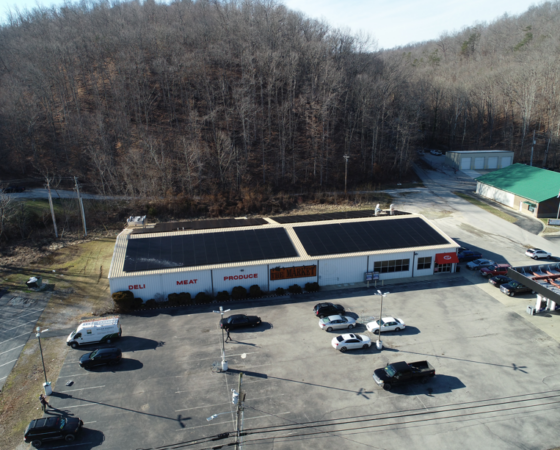Health in Appalachia is a hot topic these days.
It’s a cornerstone of Shaping Our Appalachian Region, through which many discussions about community health have been had. Smoking cessation is a big issue in the region right now, as is reducing obesity rates and building walking trails through downtown areas. It’s also worth mentioning that health impact studies of mountaintop removal coal mining have been conducted here, and more are on the way.
Even though Central Appalachia – particularly eastern Kentucky – sits consistently at the bottom of various health rankings (some of the highest rates of heart disease, lung disease, cancer and drug addiction exist here; our people die very young, and mental health outcomes are low), healthcare has been one of the top three economic sectors in the region for at least a decade, and it’s place in the top three isn’t likely to shift in coming years.
It’s safe to say that anyone who’s interested in the future economic health of the region must also be concerned about the future physiological health of its people. The two are certainly linked, and this month in our Transition in Action series, we’ll try to reveal just how important that connection truly is.
With posts including interviews from a variety of folks whose work helps improve community health in a variety of ways, to those featuring a look at the state of health in the region today, including a look back at Appalachian healthcare in the past, this month’s prescription of stories might just be the easiest medicine you’ll take.





